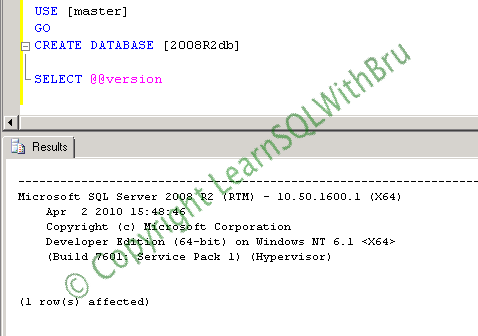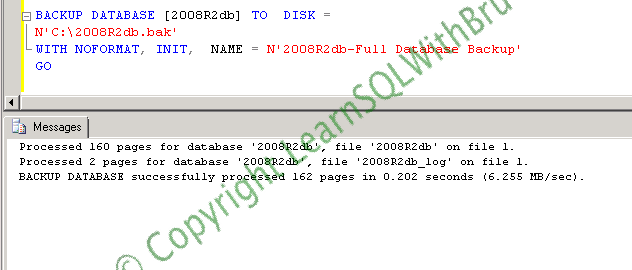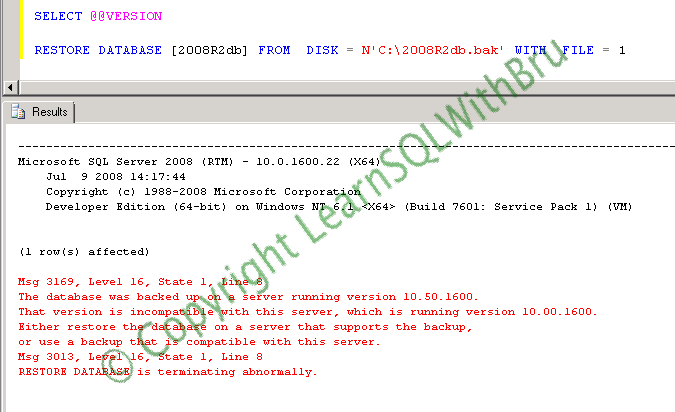Database Backups are very important and there is not much to say why are they important; that is the only way to restore the data back to a point of time. In this blog we shall learn the different database backup types available in SQL Server. There are 3 basic types of backups (there are other types too) in SQL Server which every aspiring SQL Server Database Admin should be aware. They are
- Full
- Differential and
- Transaction Log
Let us look at more details about these backup types.
Full Backup: Full backup is perhaps the most basic type of the backup in SQL Server and the important too. Full backup contains the complete database, including the data (in the tables) and other database objects such as Indexes, Stored Procs, Triggers etc.. Using this backup, the database can be restored (or recovered) until the point-in-time when the Full backup was completed. The advantage with Full backups is that they are completely independent of any other backups, unlike the other 2 types of backups. Since a Full backup will contain the entire database, the size of the backup will be proportionate to the actual backup size (when the backup is not compressed, a feature released in SQL Server 2008). The same is true with the amount of time it takes to perform a Full backup, the larger the database, greater the time. Any kind of database restore should always begin with a Full backup. These backups can be taken on a database with any of the recovery model.
Differential Backup: Differential backups contain all database changes made since the last Full backup. A differential backup taken a day after the Full backup will contain all the database changes during that one day. A differential backup taken 2 days after the Full backup will contain all the changes during those 2 days. Due to this, Differential backups can be called as cumulative in nature. A recent differential backup contains the changes that were already backed up by a previous differential backup. As more and more data is modified, the Differential backups size increases. A Differential backup cannot be restored separately, instead it should always be used along with a good Full backup set (that is, the most recent Full backup preceding the Differential backup). Differential backups can be taken on a database with any of the recovery model.
Transaction Log: Transaction Log backup also called as Log backup contains all the changes that have been made since the last Full backup or a previous Log backup. Transaction log backups are opposite to Differential backups, i.e, you need each and every transaction log backup, before a specific point-in-time. Maintaining and protecting all transaction log backups is vital. A single log backup missing in a chain can break the ability to restore the database to the most recent point-in-time. Unlike Full and Differential backups, the benefit of Transaction log backups is that they can help us restore to a specific point in time. Log backups are generally scheduled to run at a meaningful short interval such as every 10 or 15 minutes. Log backups are available for only those database which have the recovery model set to Full or Bulk-Logged.
Do you like this site? Like our FB page @ Facebook.com\LearnSQLWithBru so that, you know when there is a new blog post.
— Bru Medishetty




